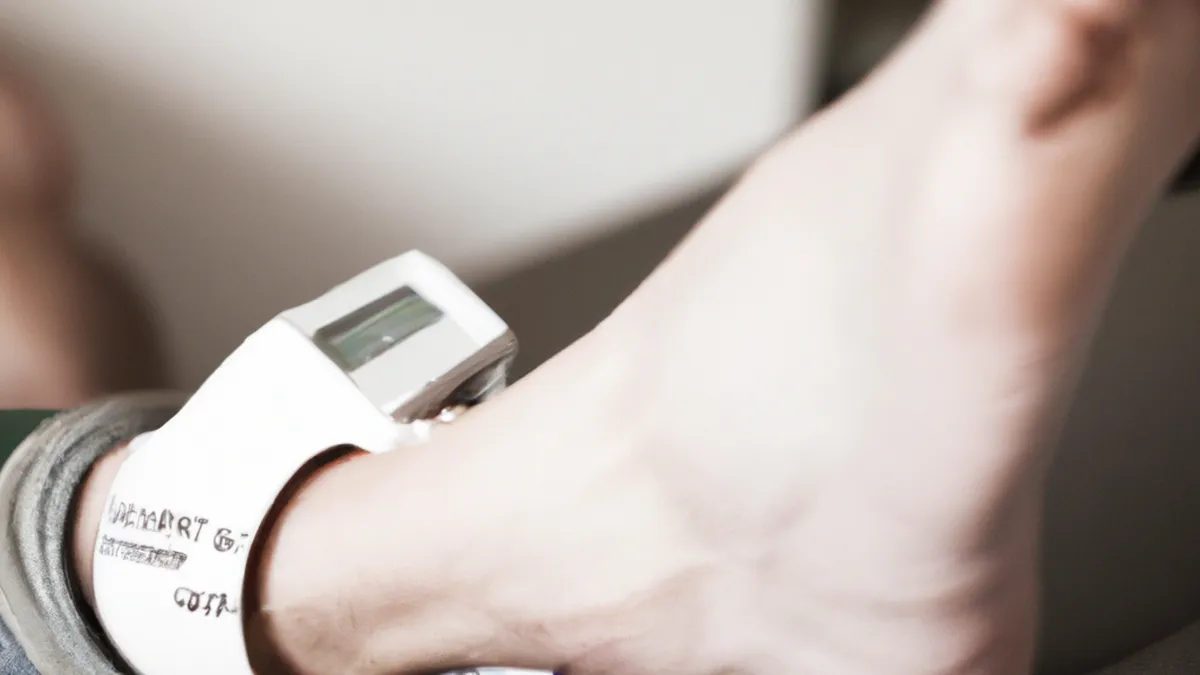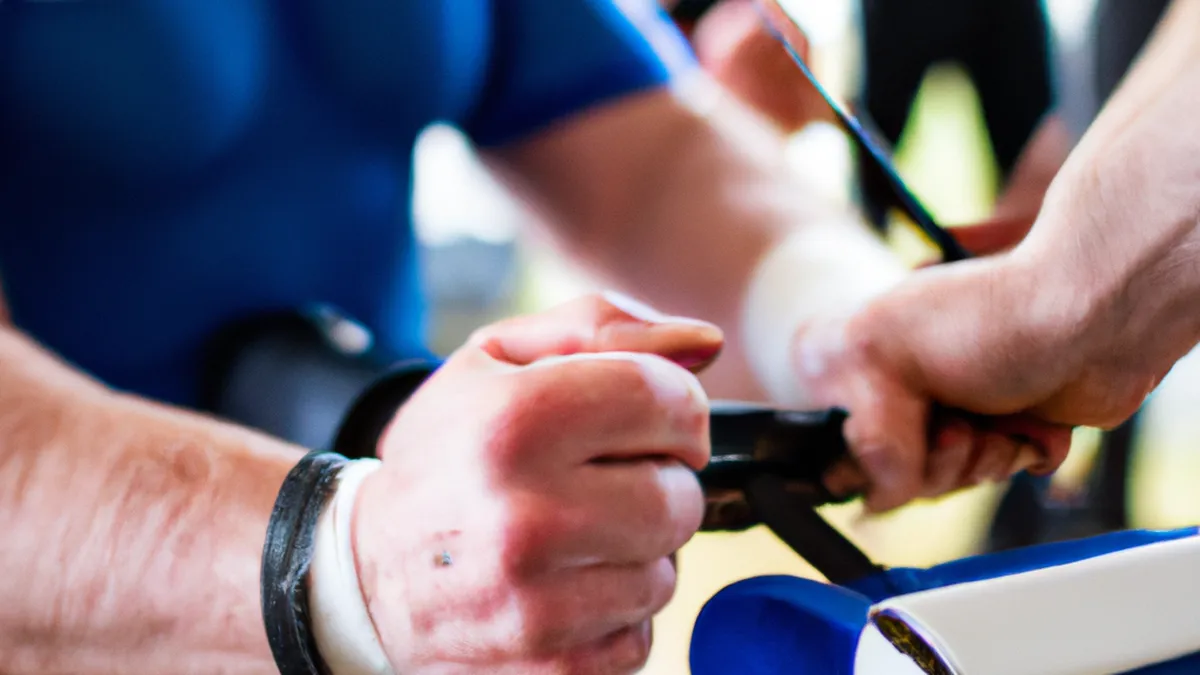Gauge Your Progress After an Injury
Tracking Recovery Metrics Post-InjuryInjuries disrupt lives and routines. Whether you’re an athlete or a weekend warrior, recovering requires focus and dedication. Tracking specific metrics enhances your recovery. This blog will provide tips for monitoring your recovery metrics, what to track, and the benefits.
Why Track Recovery Metrics?
Tracking recovery metrics provides clarity. You see how your body responds to treatment. You identify patterns in your recovery. This information helps you adjust your rehabilitation strategy. Ultimately, tracking metrics leads to a more efficient recovery.
Essential Metrics to Monitor
As an Amazon Associate I earn from qualifying purchases.
Gear tip: consider compression wrap, cold gel pack, and balance board to support this topic.
Range of Motion
Range of motion (ROM) is crucial. It measures how far you can move a joint. Regularly assess your ROM with a goniometer. This tool gives accurate readings. Record your measurements to track progress. Celebrate improvements. If ROM stagnates, consult your healthcare provider.
Pain Levels
Pain indicates recovery. Use a pain scale from 0 to 10 to assess discomfort. Record pain levels at different times during the day. This helps pinpoint when pain peaks. Note activities that trigger pain to guide rehabilitation. If pain worsens, seek professional advice.
Strength Levels
Strength is vital for full function. Test your strength with exercises related to your injury. For a leg injury, perform squats or lunges. Record repetitions and weight lifted. Tracking strength indicates when to progress. It also motivates you as you see gains over time.
Functional Activities
Functional activities measure your ability to perform daily tasks. These include walking, running, or climbing stairs. Keep a journal to track your performance. Note how long tasks take or any difficulties faced. This data reveals your recovery and helps set goals.
Tips for Effective Tracking
Use a Recovery Journal
Maintain a recovery journal to track metrics. Write daily observations, including pain levels, ROM, and strength exercises. This habit reinforces accountability. Reflect on your progress regularly. Reviewing past entries provides insights into what works best.
Set SMART Goals
Set SMART (Specific, Measurable, Achievable, Relevant, Time-bound) goals to enhance tracking. Instead of vague goals, aim for specific objectives. For example, “increase my squat weight by 10% in four weeks.” This keeps you motivated and focused.
Utilize Technology
Use apps or wearable devices to track recovery metrics. Many fitness apps log exercises, pain levels, and progress. Wearable devices monitor heart rate and activity levels. Technology provides deeper insights into your recovery. Share this information with your healthcare provider.
Benefits of Tracking Recovery Metrics
Improved Communication with Healthcare Providers
Tracking your recovery metrics fosters better communication with healthcare providers. Presenting data helps them make informed decisions. This collaboration enhances your treatment plan and builds trust.
Enhanced Motivation
Seeing tangible progress boosts motivation. Tracking metrics visualizes your recovery journey. Celebrate small victories, like increased ROM or decreased pain. These milestones keep you engaged and committed.
Reduced Risk of Re-Injury
Tracking metrics helps identify potential setbacks early. If pain levels spike, you may push too hard. Recognizing these signs allows you to adjust training. This proactive approach reduces the risk of re-injury.
Better Understanding of Your Body
Tracking recovery metrics fosters a deeper understanding of your body. You learn how your body responds to activities and treatments. This knowledge empowers informed decisions about recovery. It helps develop a personalized rehabilitation strategy.
Conclusion
Tracking recovery metrics post-injury is essential for optimal results. Monitor your range of motion, pain levels, strength, and functional activities for valuable insights. Use a recovery journal, set SMART goals, and consider technology to enhance tracking. The benefits include improved communication with healthcare providers, increased motivation, and reduced risk of re-injury. Embrace the process and take charge of your recovery journey. Your future self will thank you.
Below are related products based on this post:
FAQ
Why is tracking recovery metrics important?
Tracking recovery metrics provides clarity on how your body responds to treatment and helps identify patterns in your recovery. This information allows for adjustments in your rehabilitation strategy, leading to a more efficient recovery process.
What essential metrics should I monitor during recovery?
Key metrics to monitor include range of motion, pain levels, strength levels, and functional activities. Each metric offers valuable insights that help you assess your progress and guide your rehabilitation efforts effectively.
How can I effectively track my recovery metrics?
Maintaining a recovery journal is an effective way to track metrics by recording daily observations. Additionally, setting SMART goals and utilizing technology, such as apps or wearable devices, can enhance your tracking process and provide deeper insights into your recovery journey.















Post Comment